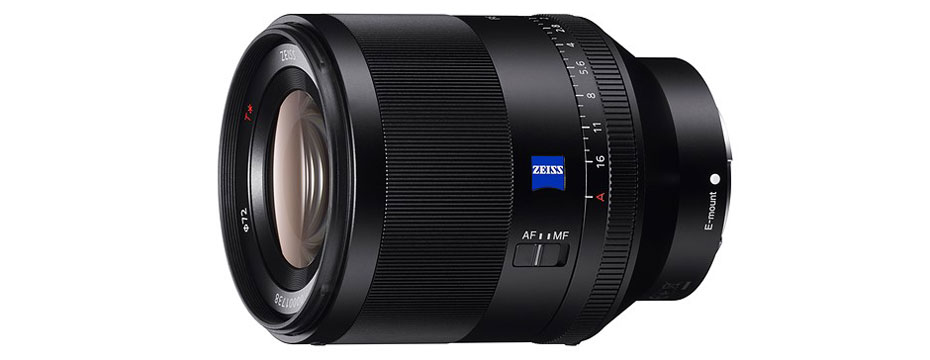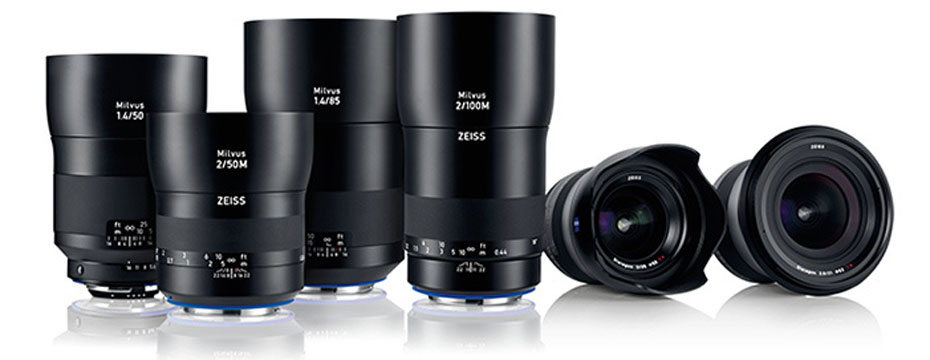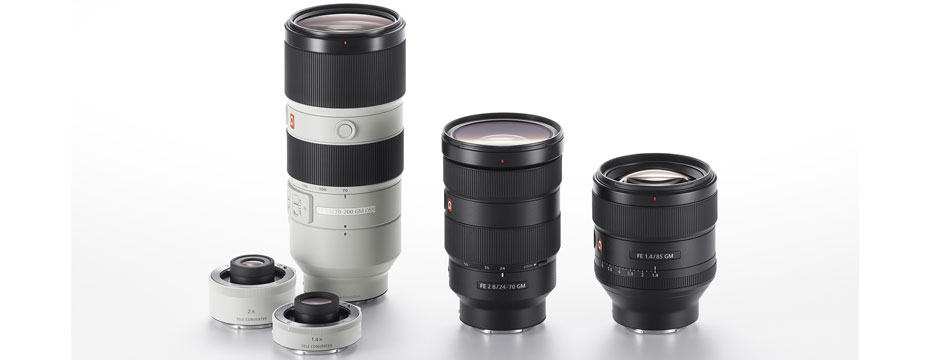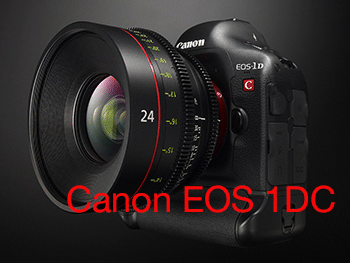
Sneaker Zoom
Today, the most popular first lens bought with a new body is a zoom. The two most usable focal lengths, according to the many professional photographers I’ve discussed this with is a 24-70mm and a 70-200mm. These are the typical zoom focal lengths chosen for full frame, 35mm DSLR type bodies. APS-C size digital sensors, these translate roughly to 16-45mm and 45-135mm respectively. For the popular micro four thirds format, 12-35mm and 35-100mm. Most manufacturers offer zoom lenses that roughly correspond to these standard choices in their product offerings.
There are basically two different ways to use a zoom lens. Most beginners use a zoom as a composition creation tool. Used in this manner, the photographer selects a position to stand relative to the subject, then adjusts the focal length until satisfied with the composition. While this method does work, it doesn’t always end up providing the best overall look for your finished photo, particularly in the way the background renders behind your subject. Frequently, especially with cameras that use APS-C or M43 sensors, your background has too much depth of focus and you see way too much distracting detail in the background. Some photographers shoot full frame sensors particularly to attain this shallow depth of field effect.
The second way to use a zoom lens is to picture it as nothing more but a compact collection of prime lenses of different focal lengths all packed into one. As Mike Browne does a wonderful job demonstrating in his piece above, when viewed from this perspective whole new worlds open up. A common zoom now becomes a powerful creative tool when used properly. It’s all in the perspective of the photographer. The way you get your head around it.
When it comes to creating interesting video, we rely on depth of field as one of our isolation tools to isolate a subject from the background, and at times to better integrate the subject in their surroundings. The final effect you create is going to be primarily dependent upon three things. The speed of your lens- expressed as your chosen F stop, the lens focal length, and finally the distance from the front of your camera to your subject. Each of these variables can be adjusted to change the overall look.
What is the best ‘zoom’ lens? It’s your feet. Sneaker Zoom! Don’t zoom, try moving your position instead. Why? Because changing focal length on your lens also changes how your photo will look. So once you know in what way different focal lengths (or zoom setting) will affect your images – you can begin choosing a zoom setting because of creative reasons rather than simply zooming in and out hoping it’ll look good.
Obviously as you increase focal length (zoom) magnification makes everything come closer. The technical term for it is called compression. The longer the focal length of your lens, the greater the “compression” between your subject and the background. This is where your feet come in. As you increase your focal length, you will have to move back from your subject a sufficient distance to keep the setup of your shot the same.








Suzanne Birrell
Great article. We need more like it.
Uwe Steinmueller
Well done both of you (Mike Brown and Chuck)